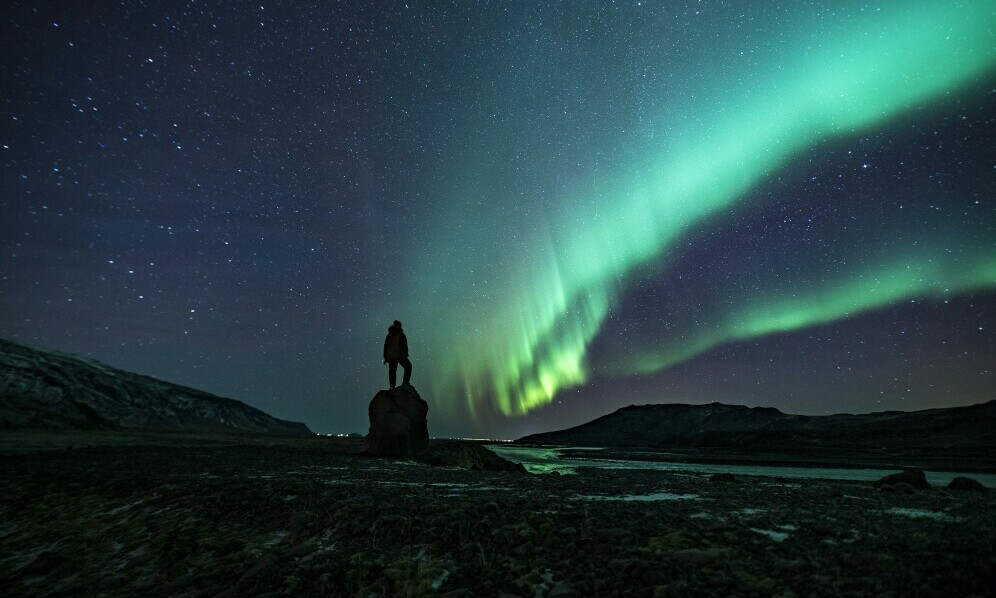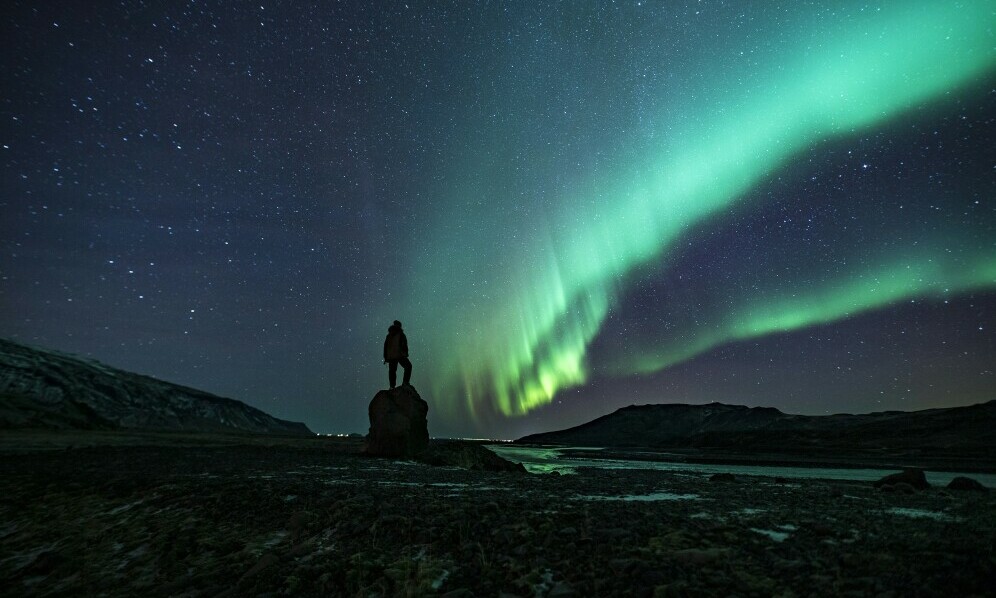 Jonatan Pie (2018) The Northern Lights [Photograph] Unsplash
Jonatan Pie (2018) The Northern Lights [Photograph] Unsplash
You’re about to venture into the captivating world of Northern Lights photography, an arena where the sky dances with colors and the landscape is bathed in natural luminescence. But before you set foot in this visually stunning realm, you’ll need the right tool: a camera that can do justice to the aurora enchantment.
The right camera can distinguish between a lovely and a truly spectacular photo. Aiming to capture the Northern Lights, the Aurora Borealis, is not just about pointing and shooting. The dance of lights across the sky is a low-light scenario that demands specific camera features to faithfully capture its glory.
While professionals may lug around gear worth thousands of dollars, I’m here to help you with choices that won’t break the bank. We will focus on camera models that balance affordability with excellent low-light capabilities, manual settings, and usability. After all, you don’t want to be fumbling with complicated controls in the chill of the Arctic night.
The key features we’ll look at in these cameras include a large sensor size for greater light sensitivity, manual control options to tweak settings for the perfect shot, and a solid ISO range to minimize noise in low-light conditions. These elements are essential because you will capture a phenomenon about light—and the lack thereof.
Understanding what makes a great beginner camera for this purpose sets the stage for our next section, where we’ll dive into the specifics of camera basics for Northern Lights photography. We’ll explore how to master exposure settings and the importance of manual controls to ensure your camera will be ready to capture every moment when the Aurora Borealis performs its next light ballet.
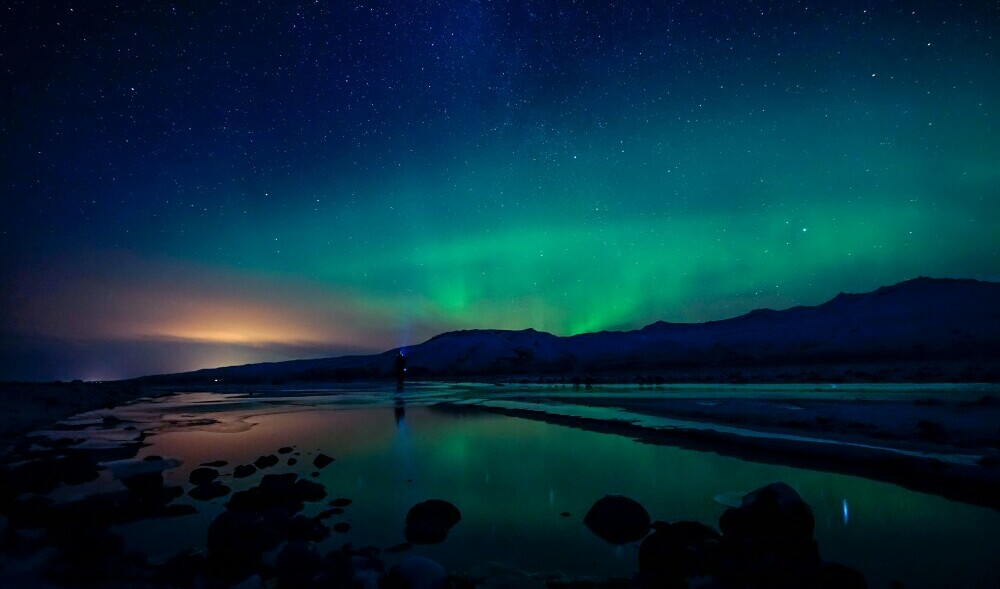 Jonatan Pie (2017) The Northern Lights [Photograph] Unsplash
Jonatan Pie (2017) The Northern Lights [Photograph] Unsplash
Understanding Camera Basics for Ethereal Illumination
If you want to dive into Northern Lights photography, there are a few camera basics you’ll need to get a handle on. Exposure settings are the backbone of getting those awe-inspiring shots of the Aurora. Let’s break that down.
Your camera’s sensitivity to light, shutter speed, and aperture work together to determine the image quality you capture. Shutter speed is crucial—a long exposure lets more light in, which is essential for the low-light conditions of the Northern Lights. However, your stars might turn to streaks if the exposure is too long. It’s about finding a balance.
The aperture controls the quantity of light that reaches the sensor. A wider aperture, which means a lower f-stop number, is better for the Northern Lights. It allows light to enter the camera and helps to get more explicit shots of the faint glow of the lights.
ISO, which measures the camera’s sensitivity to light, needs to be higher in darker conditions. But be cautious: setting it too high can result in ‘noise,’ which are grainy spots that degrade your photograph’s quality.
Manual controls can be a newcomer’s best friend in the unpredictable Arctic environment. They provide the flexibility needed to adjust settings on the fly as the intensity of the Aurora changes. I suggest practicing these adjustments to become quick and efficient before your big trip.
Don’t worry too much about mastering these settings overnight. Your first few attempts will be learning experiences. It’s all part of the fun and challenge of night sky photography.
Lastly, while not a camera, a sturdy tripod and a remote shutter release are your allies against camera shake during those long exposures. They’ll help keep your camera still to avoid blurring the stunning displays of the Northern Lights.
Five Affordable Cameras for Capturing the Majestic Aurora
You’ll find about five cameras that give you the bang for your buck. I’m here to help you navigate the market and pick a camera that won’t just collect dust on a shelf.
First up is the Nikon D3500. This entry-level DSLR is 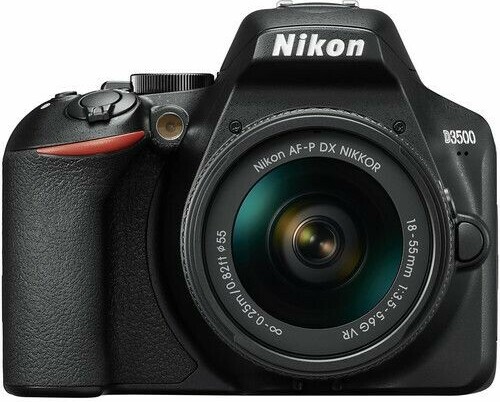 like a trusty steed for the photography knight ready to battle the dark northern skies. Its image quality is top-notch for its class, and it has a guide mode perfect for beginners.
like a trusty steed for the photography knight ready to battle the dark northern skies. Its image quality is top-notch for its class, and it has a guide mode perfect for beginners.
Canon EOS Rebel T7 comes next. Think of it as your 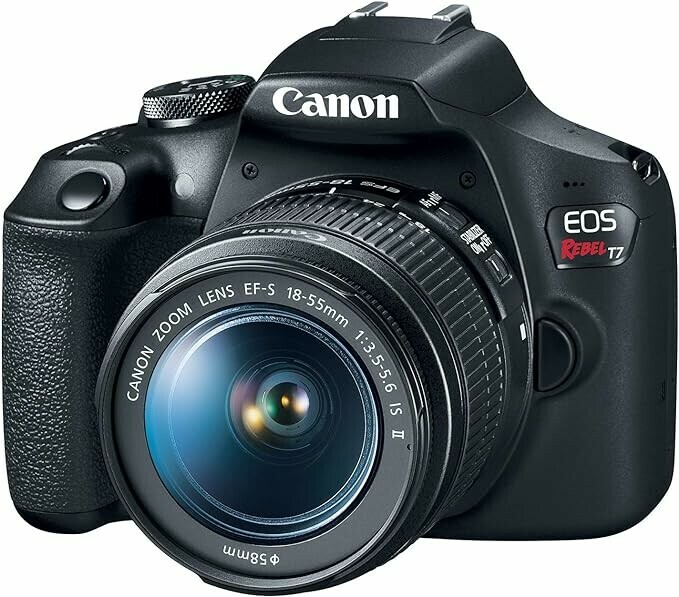 reliable companion that makes learning photography a breeze. With its user-friendly interface and creative auto modes, you can play around and capture the Lights without getting bogged down by technical details.
reliable companion that makes learning photography a breeze. With its user-friendly interface and creative auto modes, you can play around and capture the Lights without getting bogged down by technical details.
Now, if you want something less bulky, meet the Sony A6000. 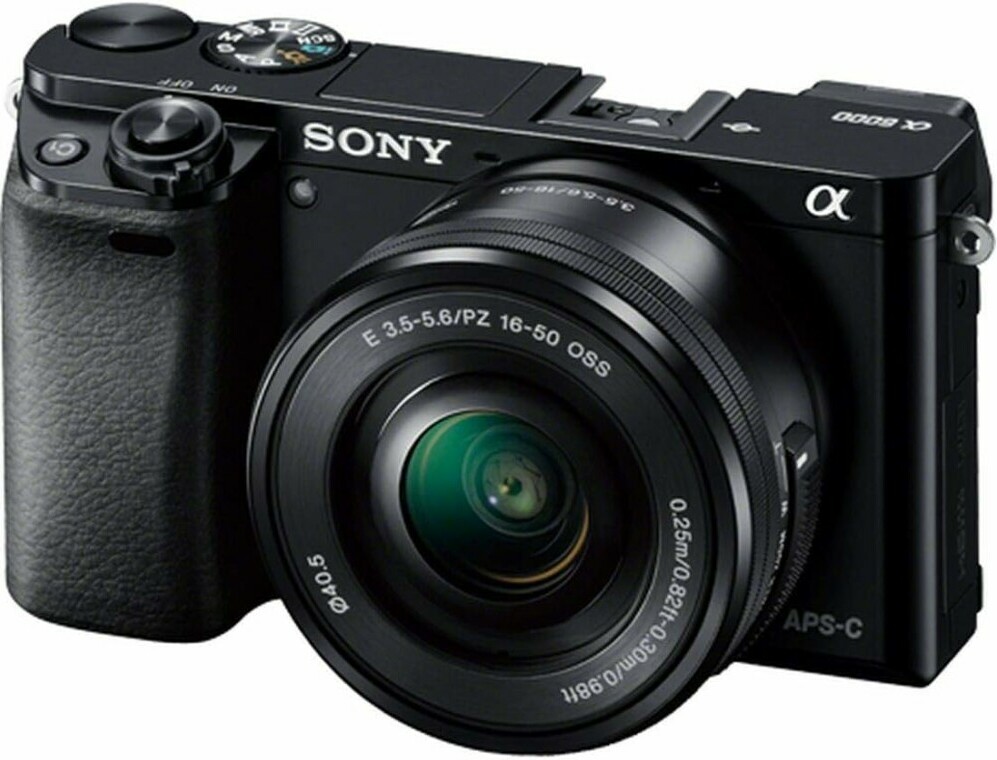 It’s a compact mirrorless camera that’s easy to carry on all your Arctic adventures. Its solid low-light performance makes it a good partner for Northern Lights chases.
It’s a compact mirrorless camera that’s easy to carry on all your Arctic adventures. Its solid low-light performance makes it a good partner for Northern Lights chases.
The Fujifilm X-T200 is for those who appreciate a sleek design and intuitive controls.  It has a high-quality electronic viewfinder and a range of film simulation modes, bringing an artistic flair to Aurora photography.
It has a high-quality electronic viewfinder and a range of film simulation modes, bringing an artistic flair to Aurora photography.
And I can’t forget the Olympus OM-D E-M10 Mark II. 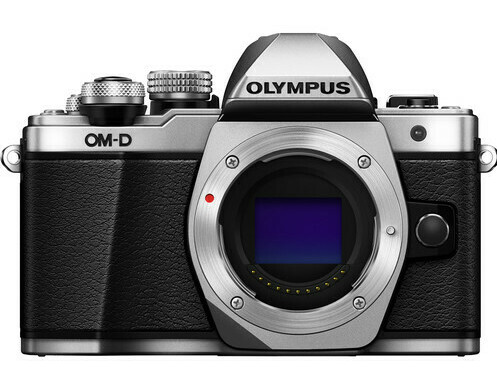 It boasts in-body stabilization to help you take sharp pictures, even if your hands are shivering from the cold. Plus, the retro look is a conversation starter.
It boasts in-body stabilization to help you take sharp pictures, even if your hands are shivering from the cold. Plus, the retro look is a conversation starter.
Choose something that resonates with you, but remember, a lot is happening quickly on these cold Northern nights, and you’ll need a camera to keep up.
Pros and Cons: Evaluating Your Northern Lights Photography Contenders
I will help you sift through the options by examining the strengths and shortcomings of each camera we’ve mentioned. This isn’t just about prices or fancy features—it’s also about finding the camera that meshes with your aspirations and skills, especially when you’re in the chill, waiting for the aurora dance.
Starting with the Nikon D3500, you can always rely on its exceptional image quality for the price. However, it lacks built-in Wi-Fi, so you’ll need an adapter to share your spectacular aurora snaps on the go.
The Canon EOS Rebel T7 is fantastic for beginners thanks to its simplicity and creative options. But when it comes to battery life, it may not last if you’d hope during a prolonged Northern Lights chase.
If you like compact cameras, choose the Sony A6000. It packs a punch in low-light conditions, crucial for aurora photography. Just don’t focus too much on the fact that it’s not the newest model—what matters is how it performs in the dark.
Now, what about the Fujifilm X-T200? It’s charming with its retro look and high-quality video features. However, the autofocus might test your patience, especially in low-contrast scenes like the Northern Lights.
Lastly, the Olympus OM-D E-M10 Mark II boasts in-body stabilization for sharp night sky images. But remember, the smaller Micro Four Thirds sensor may struggle more in low light than its APS-C counterparts.
After weighing these pros and cons, you’ll want to consider the extras you might need. This will lead us nicely into the next section, where we’ll cover the additional gear that will take your Northern Lights photography to the next level. Remember, your first attempt doesn’t need to be your last; you can constantly adjust your approach.
Finalizing Your Gear and Getting Ready for the Light Show
Now, I will guide you through some final tips to ensure you’re fully equipped for the Northern Lights photography. This isn’t just about the camera; it’s also about being prepared for the experience itself.
Beyond choosing a camera that resonates with you, consider investing in additional lenses. A fast wide-angle lens, for example, can capture more of the sky and is ideal for shooting the vastness of the Aurora.
Cold and dark environments pose a challenge, not only for your equipment but also for you. Don’t skimp on protective gear for your camera; always keep spare batteries warm in pockets close to your body.
Navigate the unpredictability of celestial events by using apps and forecasts dedicated to Aurora activity. This can give you the much-needed edge in timing your photography sessions right.
Lastly, compile a checklist, from your camera settings to personal comfort items, to help you stay organized. This includes ensuring memory cards are empty, lenses are clean, and you pack enough layers to keep you warm while waiting for that perfect shot.
Photographing the Northern Lights is as much about patience and preparation as it is about photography. I hope you embrace the journey and return with stunning images and even more awe-inspiring experiences. Happy shooting!
Disclaimer: The Northern Lights is a natural phenomenon, and sightings cannot be guaranteed.
This article directly provides general research and book tours with reputable operators for the most up-to-date information and the best possible experience.
For additional blog posts, please visit:
https://northernlightsshuttertech.com/
(This post may contain affiliate links. If you make a purchase, I may receive a small commission at no cost. Thank you!)

